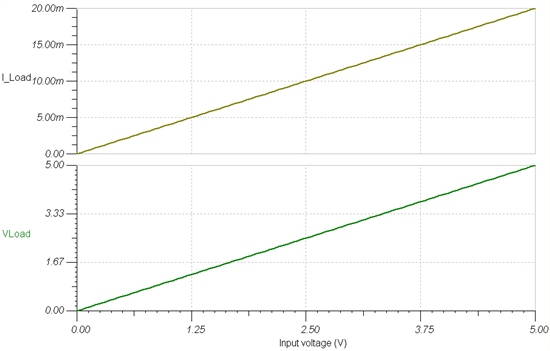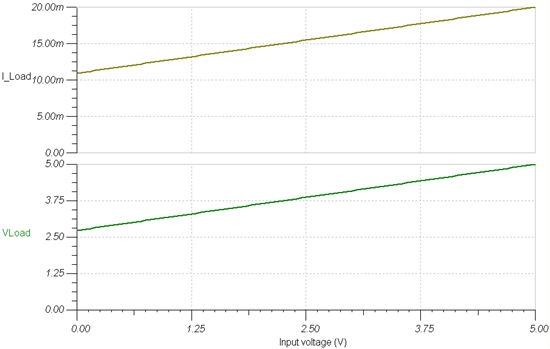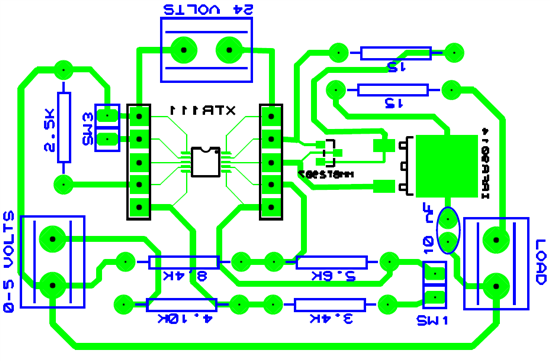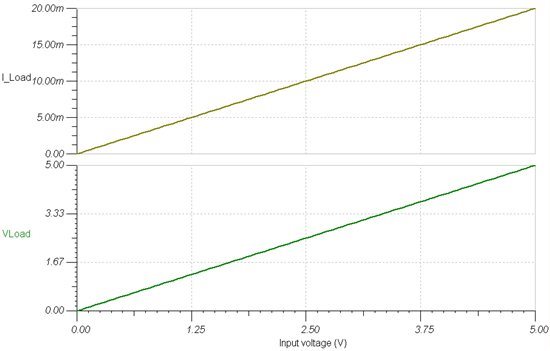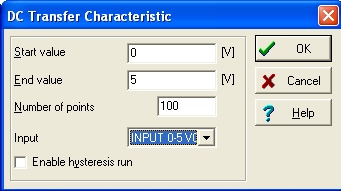From Engineer:
Hi Collin:
My name is Ignacio Melchor, I'm from Mexico and currently I'm studying electronic engineering.
When I knew the XTR111, I was really surprised because it is a wonder, I did a diagram basing on information from this website:
http://e2e.ti.com/support/amplifiers/precision_amplifiers/f/14/t/120905.aspx
Only that I had a question regarding the choice of the resistance R set, according to my calculations to get 20 mA maximum current value would be as in the attached image: R SET CAL.
Is it right to the value of R set?
I have another design of a power source, built with operational amplifiers, which can be simulated in ISIS as in this video:
http://www.youtube.com/watch?v=iezEShR0cjI&feature=youtu.be
How could simulate the XTR111?
Greetings.




